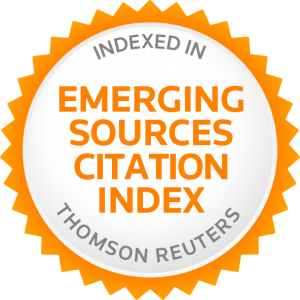CONSONANT- TONE INTERACTION IN THAI: AN OT ANALYSIS
Sugunya Ruangjaroon
Thai tones have traditionally been characterized in terms of a correlation between tones and syllable type (Gandour 1974, Tumtavitikul 1993, Intrasri 2001, Morin and Zsiga 2006). However, I show that a more interesting set of observations can be made on the distribution of Thai tones in which they can be explained as a consequence of consonant-tone interaction within an OT framework. The observations are that unaspirated stops are not compatible with a high tone vowel in the nucleus. An obstruent coda has the effect of shortening the vowel in the nucleus, something that is testable via phonetic experimentation. This shortening effect places a burden on either phonetic perception or production, so that the five-way contrast is neutralized to a two-way contrast. The shortening effect places an especially strong burden on contour tones, so these tones are preferably excluded from the two-way contrast. The best two-way contrast among the three level tones is a simple high-low contrast, which is more readily perceivable than a low-mid or high-mid contrast. I also show that unaspirated obstruents prefer to be adjacent to a non-high tone. Unaspirated coda are allowed to be adjacent to a preceding high tone in a short vowel, but a long vowel presents an opportunity to insert a low tone on the second tone bearing unit, thus producing a two-way contrast between low and falling tone instead. This insertion of a low tone is done in order to avoid a situation where a high tone vowel would be adjacent to the unaspirated consonant. A high-tone vowel- unaspirated coda sequence would result otherwise. It is argued that the attested patterns of consonant-tone interaction in Thai are captured by conjoining two markedness constraints in addition to the simple markedness constraints.



